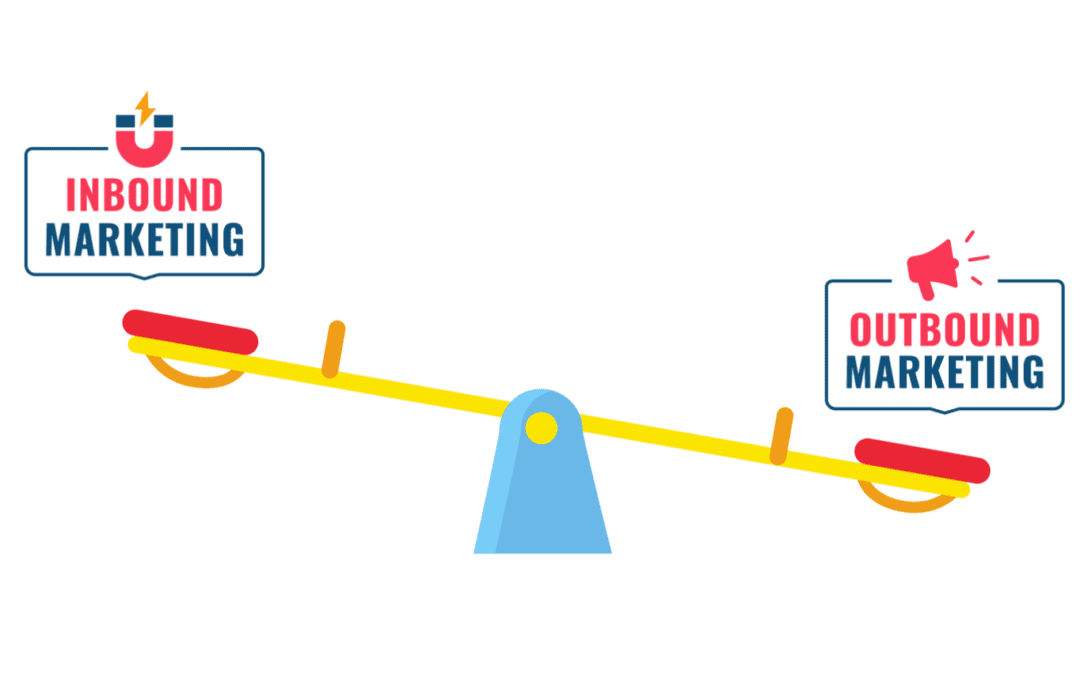see·saw
/ˈsēˌsô/
(verb) change rapidly and repeatedly from one position, situation, or condition to another and back again
You will often hear debates about which is more important, inbound or outbound marketing. And most today would advocate for inbound marketing or content marketing. But, the combination of the two is what we would advocate is the most effective.
But let’s start with defining both terms. Customers are looking for you. When you help them find you, that’s inbound marketing. Some customers don’t know to look for you. When you reach out to them instead—through ads, cold calls, or emails, that’s outbound marketing.
The common thread that joins your programs is content. Your leads are looking for authoritative and relevant expertise. Ongoing sharing of content can turn your followers into a sales team.
If you have a more traditional sales approach, here are a few statistics that support the effectiveness of content marketing.
- 68% of B2B customers prefer to research independently online
- 90% of searchers haven’t made their minds up about a brand before starting their search
- Only 29% of people want to talk to a salesperson to learn more about a product, while 62% will consult a search engine
- 47% of buyers view at least 3 to 5 pieces of content before deciding to speak with a sales rep
Here are 2 examples of seesaw marketing to leverage your content in both Inbound and outbound marketing.
- SEE: Create relevant and meaningful content. With inbound marketing, you attract targeted prospects by sharing compelling content, such as an e-book or blog post. Optimize that content with researched keywords.
- SAW: Tell your story through your outbound emails and social channels. Take your content and include it in outbound emails and LinkedIn outreach.
- SEE: Integrate calls to action. Attract prospects by highlighting e-book downloads, blog posts, videos and other available content.
- SAW: Supplement your traditional sales interactions with content marketing. Instead of following up with a simple email thanking a prospect for his or her time, send a link to relevant content you created that relates to what you discussed in your meeting.
Customers are looking and we help you find them. Some customers don’t know to look, and we help you find them. Whether they find you or you find them, having repeatable, optimized processes to share your story, and acquire and then nurture leads, allows for a sustainable pipeline. Be the first person your prospects think of when they are ready to buy. Bruck Marketing can help.

